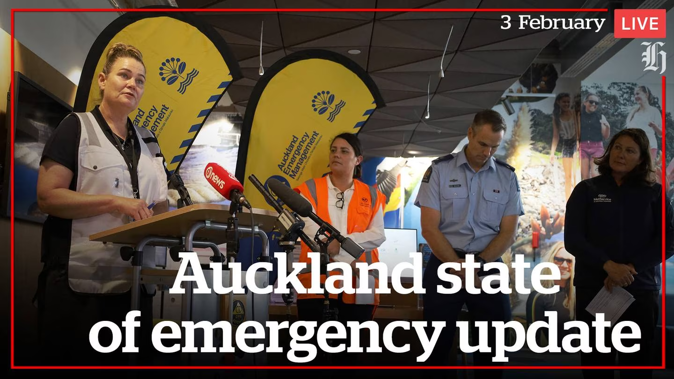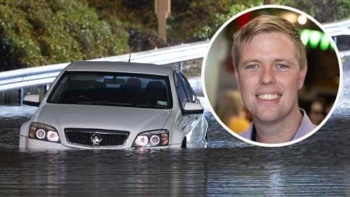
Auckland Mayor Wayne Brown today announced they city’s state of emergency would be extended for another seven days after record-breaking rainfall caused widespread floods and landslides.
Brown said the extension was necessary because Auckland remained in the response phase with new damage and risks to the public continuing to be reported, meaning access to emergency powers was still required.
The situation continued to require a coordinated response between partner agencies given the scale and widespread nature of the emergency.
Brown noted the state of emergency could be terminated early if it was no longer required.
A state of emergency can be called in a situation where there is a risk of loss of life or property and normal emergency services were likely to be overwhelmed.
So what does that mean for you?
For the most part, the state of emergency does not affect daily life.
Schools will be open next week if they are not already and people can go to work as usual.
The state of emergency simply means agencies are able to access some powers they usually do not have.
It means council staff are able to enter buildings at any time during working hours to assess the safety, evacuate people and prohibit the use of the building if it is deemed unsafe - and police have the power to support them in doing that.
- Insurance Council spokesperson says Auckland flood claims will take years to settle
- Risk of vomiting, diarrhoea outbreak across Auckland following floods
- 'I dropped the ball': Auckland Mayor sorry for flood response, extends state of emergency
Already more than 200 homes around the city have been red-stickered after being assessed meaning they are too unsafe to enter while more than 1000 homes had been yellow-stickered which meant access was restricted. Another 1900 homes have been white-stickered meaning they can be entered because there is no obvious damage.
/cloudfront-ap-southeast-2.images.arcpublishing.com/nzme/YK6TNNTAFNFKLPYYBP43HI5LHQ.jpg) A police officer places a red sticker on a house on Shore Rd, Remuera, after heavy rain caused landslips and widespread destruction across the Auckland Region. Photo / Alex Burton
A police officer places a red sticker on a house on Shore Rd, Remuera, after heavy rain caused landslips and widespread destruction across the Auckland Region. Photo / Alex Burton
The state of emergency also means that the Civil Defence Emergency Management Group have powers relating to the provision of the relief of distress including emergency food, clothing and shelter.
Last night more than 4000 people were in emergency accomodation.
It also allows officials to clear roads and other public places as well as remove, dispose of, secure or make safe any dangerous structures or materials. They can also prohibit access to roads and public places. More than 29 roads remain closed.
It allows Fire and Emergency New Zealand to enter any properties and shore up or pull down structures that have been damaged and provide a danger to life or property.
/cloudfront-ap-southeast-2.images.arcpublishing.com/nzme/SNPDJHD64RBKNFT7U7YW5EJZQE.JPG)
It also means that Civil Defence Centres and Support Hubs are open for those needing help.
The community support hubs are open at five locations and can offer help, including accommodation for those evacuated. They are located at:
- Moana-Nui-a-Kiwa Pool and Leisure Centre, 66R Mascot Ave, Mangere (24 hours)
- Te Manawa, 11 Kohuhu Lane, Westgate (9am-5pm)
- New Lynn Community Centre, 45 Totara Avenue, New Lynn (9am – 5pm)
- Fickling Convention Centre, 546 Mount Albert Road, Three Kings (9am-5pm)
- Birkenhead Leisure Centre, 46 Mahara Avenue, Birkenhead (9am-5pm)
Three Civil Defence Centres are open at:
- Hub West- McLaren Park Henderson South, 27 Corban Avenue, Henderson
- Sir Neil Waters Lecture Theatre, Massey University Albany Campus
- Manu Tukutuku, 32 Riverton Drive, Randwick Park
If you need help call 0800 22 22 00.
Take your Radio, Podcasts and Music with you









